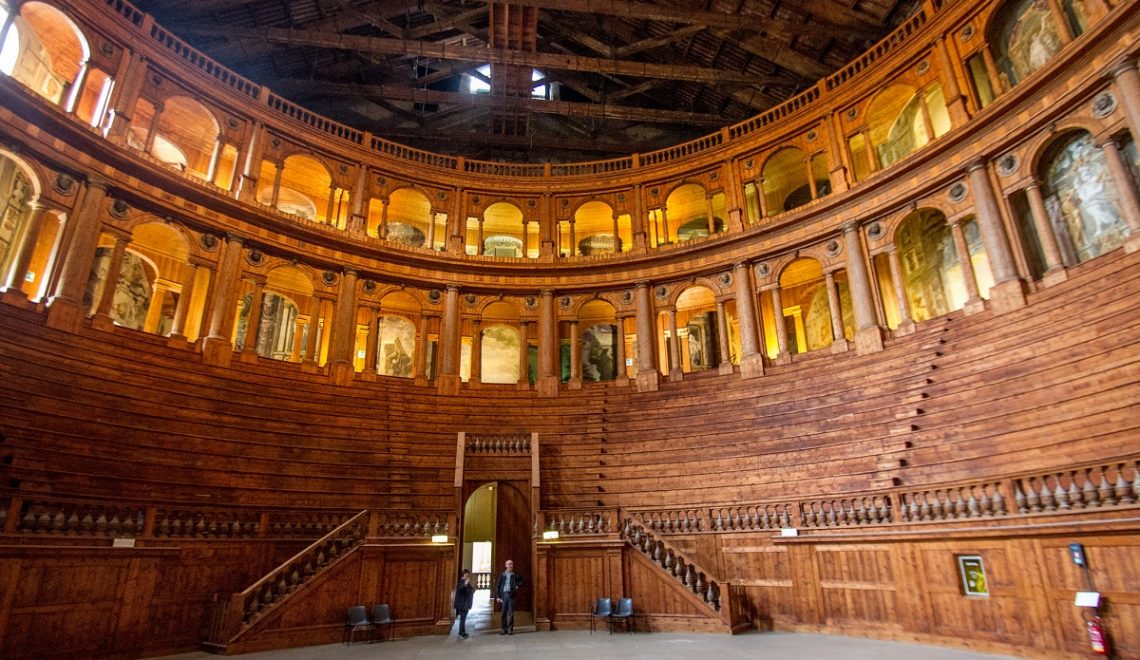
Come with us to Herculaneum: here’s what to see in the archaeological park, including houses, mosaics, theaters, and ships burned in an attempt to escape the eruption.
Its notoriety is sometimes overshadowed by far more famous Pompeii, but this does not make Herculaneum any less fascinating: this ancient town, nestled on the slopes of Mount Vesuvius, certainly ranks among Italy’s most beautiful archaeological sites, and it is ready to captivate you with the tale of its tragic history. Here, then, are the gems not to be missed on your visit: below we explain what to see in the Herculaneum archaeological park!
Herculaneum: a bit of history…
In 79 AD, an extremely violent eruption of Mt. Vesuvius buried Herculaneum under a blanket of ash and mud. It was not until the 18th century that some excavations accidentally unearthed some artifacts, revealing the existence of a hidden treasure: marbles, bronzes, buildings, and objects that time had hidden and now resurfaced to the world. Compared to the archaeological excavations of Pompeii, those of Herculaneum have fewer human remains (a sign that much of the local population had time to take refuge elsewhere), but they do contain a wide variety of incredibly well-preserved buildings, statues, and artifacts.

© Guillermo Torres via flickr
The Herculaneum Archaeological Park: practical info
The Archaeological Park is open from April to October, from 8.30 am to 7.30 pm (last entry at 6 pm), and in the remaining months from 8.30 am to 5 pm (last entry at 3.30 pm). It is closed only on Christmas and New Year’s Day. The full single ticket costs €13, but there are discounts for various categories, and, in particular, a preferential admission charge of only €2 for young people aged 18 to 24 (while children enter free). Entrance to the Ancient Theater is charged separately and costs €10.
What to see on the site? Below are some of the main points of interest:
To see: The Skeleton House
This typical Roman house with mosaic floors, corridors, a cave, and a triclinium, owes its name to the fact that the remains of a human body were found inside.
The remains of the Baths of Herculaneum
Divided into sections for men and women, the bath house features frescoes, marbles, and graffiti depicting the scenes that took place in the structure.

© Helena via flickr
What to see in Herculaneum: the House of the Atrium in Mosaic
Another mansion of the period is notable for its flooring with geometric designs and stylized flowers but also for the presence of a fountain and a colonnade.
House of Neptune and Amphitrite in Herculaneum
Owned by a wealthy merchant of the time, this house is famous for the splendid colorful mosaic depicting the two mythological characters enclosed in a frame made of shells: the work adorns a wall of the summer triclinium.
The Herculaneum Archaeological excavations: the House of the high relief of Thelephus
A high relief is a sculptural work in which the carved figures are noticeably detached from the background plane: in this dwelling, one of the largest in Herculaneum, excavations yielded a highly prized example depicting the myth of Thelephus.
Things to see in Herculaneum: the Ancient Theatre
This is a wonderful example of a Roman theater, which could seat up to 3,000 spectators on its ten rows of tiers. The route to visit it is underground: with helmets and flashlights, you can also admire many artifacts left on the site by visitors in past centuries. After the discovery, the theater had several uses and was also used as an air raid shelter.
What to see in Herculaneum: the burnt boat
And we conclude with the most recent find, outside the city center: a charred ship with some skeletons and an abundance of coins. Historians think it represents a last desperate attempt to escape the eruption as it unfolded.




